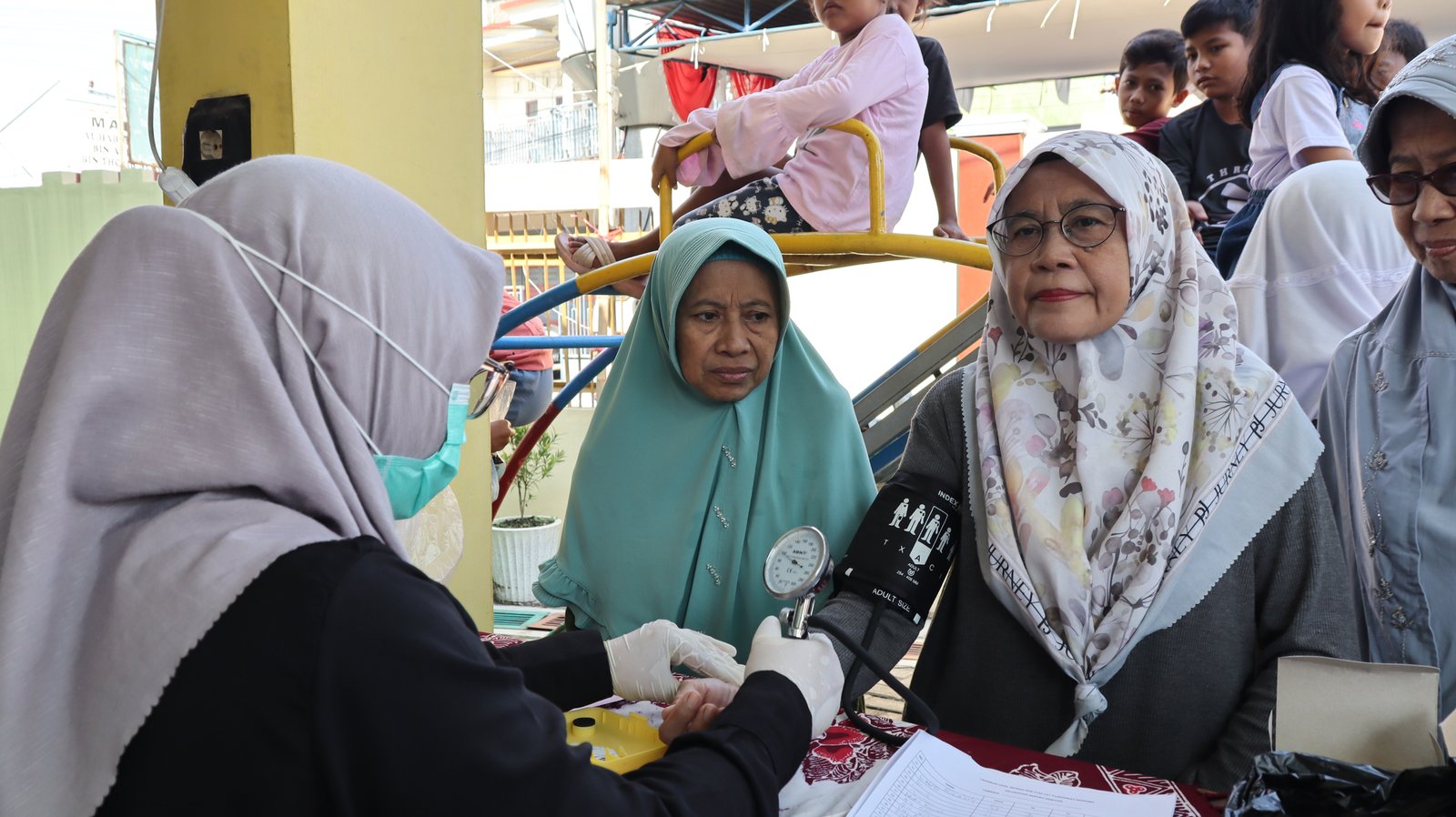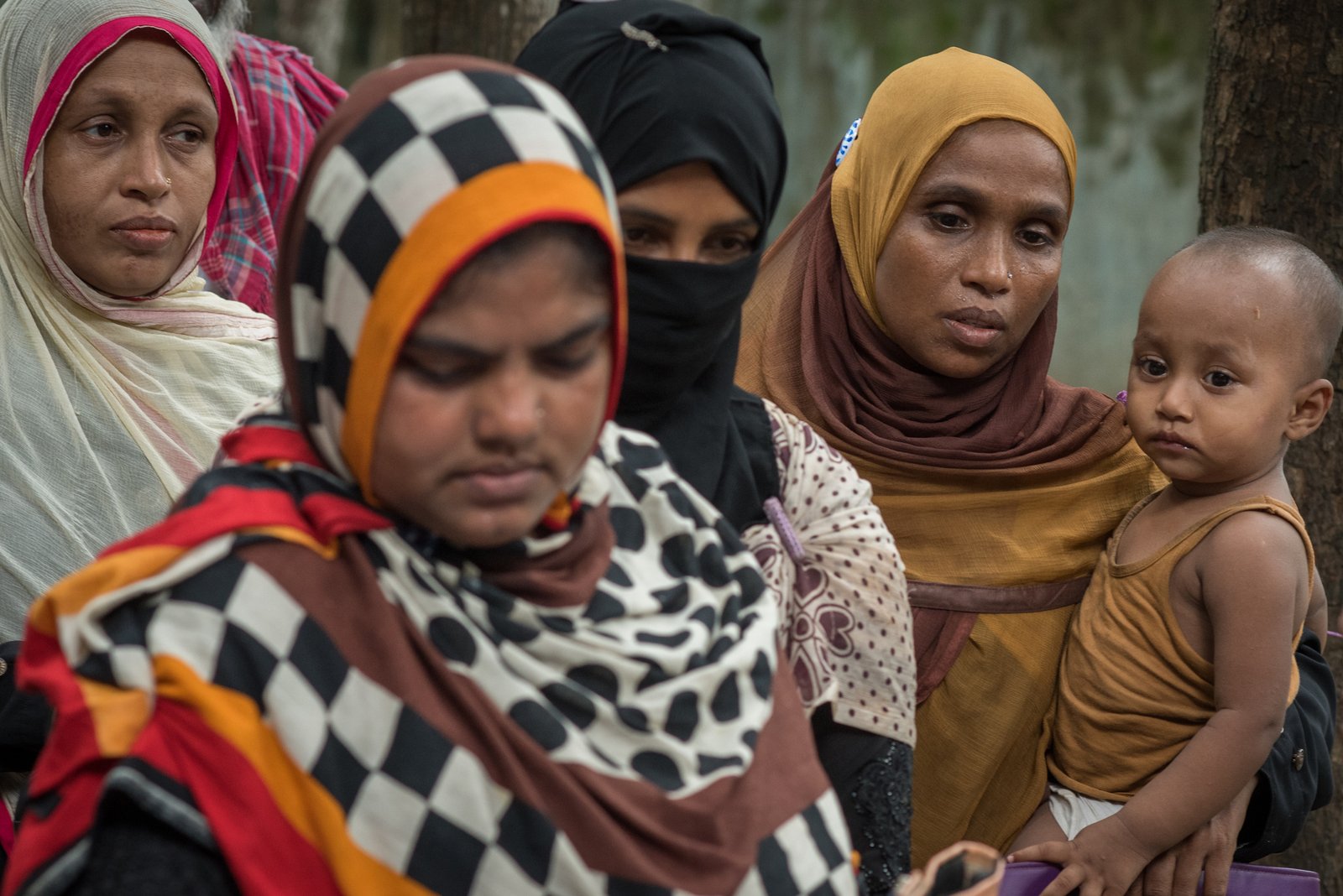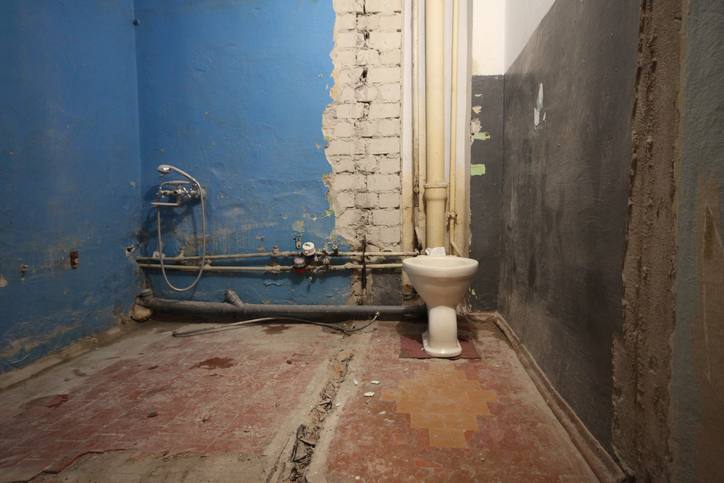Open defecation, which remains common in India, has many costly and terrible consequences for human health. These include anaemia, which was previously thought to arise more from poor nutrition than from the types of infections spread by poor sanitation. This column outlines the challenges for health and sanitation policy, the research evidence, and the pressing need to find ways to change Indians’ attitudes about the use of latrines.
Anaemia is a global health concern of particular economic importance in the developing world: it diminishes the blood’s capacity to carry oxygen, and the result is reduced productivity in adults, increased chances of maternal mortality, and worse concentration and attendance among school children. Globally, more than 40% of children have hemoglobin levels below the threshold for anaemia.
Anaemia and poor sanitation
There is new evidence that anaemia, which has been widely thought of as largely arising from poor nutrition in developing countries, turns out to be shaped by infection too, or at least an expanded view of what nutrition means.
A recent study shows that families in India exposed to more open defecation have to eat more calories to compensate for the nutrition lost to disease. Although this research doesn’t examine anaemia in particular, it does suggest that poor sanitation, leading to disease, worsens net nutrition.
So what is the plausible connection between sanitation and a nutritional outcome like anaemia? Previously, doctors and scientists had typically thought of anaemia as caused by deficiency of iron and other micronutrients in diets. Especially in sub-Saharan Africa, anaemia can also be caused when malaria attacks red blood cells.
But neither nutrition nor malaria can explain what may be the biggest puzzle of anaemia: how common it is in South Asia, the region of the world where a child is most likely to be anaemic.
These facts pose a puzzle because people are richer in South Asia than in sub-Saharan Africa, and malaria is not the same sort of threat in South Asia. Indeed, the puzzle is a global one, because economic inequality across countries does not account well for differences across countries in anaemia rates. This suggests that the problem is not a simple matter of the affordability of good nutrition.
In recent research, we focus on the connection between poor sanitation and anaemia. Our study offers the first statistical evidence for a resolution of the paradoxes of anaemia: that resolution involves sanitation and disease.
Anaemia, we show, is a disease of net nutrition. This means that it depends not only on nutritional intake, but also on what the body is able to absorb and put to good use, which can be shaped by infection and exposure to parasites.
In particular, about a billion people worldwide defecate in the open, meaning without using a toilet or latrine. This practice introduces disease into the environment that can threaten nearby neighbours.
In the case of anaemia, intestinal parasites are one potentially important cause, because parasites can compete for the nutrients a person eats, cause blood loss, and damage the intestinal walls that are used to absorb nutrients from food.
We use two statistical strategies to explore the association between open defecation and anaemia. The first simply compares developing countries around the world. Where open defecation is less common, anaemia is too – especially when we compare countries with similar levels of economic development and a similar average diet.
The second strategy is a closer look at change over time in Nepal, a South Asian country just north of the Indian plains (where open defecation is globally most concentrated).
In contrast with India, where poor sanitation remains stubbornly persistent, Nepal experienced a rapid improvement in sanitation between 2006 and 2011. This improvement happened at a different pace across the different Nepali regions, allowing us to compare those where change was fast with those where change was slow.
It turns out that the cohorts of children exposed to community sanitation that improved more quickly also developed relatively higher levels of haemoglobin. So, anaemia, which had widely been conceived as substantially a disease of nutrition in developing countries is also shaped by infection. The natural question then is how to reduce the types of infections spread by poor sanitation.
A cultural challenge to policy implementation
The United Nations Sustainable Development Goals (SDGs) include a target to eliminate open defecation by 2030 under SDG 6 on clean water and sanitation. Because open defecation generates an externality that threatens the health of all children exposed to it, rather than only the household or individual that practices it, the evidence from these studies provides additional support for the importance of such goals.
A key challenge in approaching (if not achieving) such a goal is significant cultural resistance to toilet and latrine use. A new book – Where India Goes: Abandoned Toilets, Stunted Development and the Costs of Caste – outlines these challenges in the context of India, where the adoption of toilets and latrines has been slower than in the rest of the world.
In related work, we discuss how poor sanitation in India is not merely a matter of affordability of or access to latrines and toilets. We report on surveys in which residents of rural India express clearly stated preferences for open defecation, even when the households owned a functioning latrine. Indeed, many households reveal plainly stated beliefs that open defecation confers a greater health benefit to neighborhood children than latrine use.
Where India Goes digs deeper, showing the complex connections between open defecation and the caste system, with its ritual notions of purity. The authors make a compelling case that opposition to latrine use is tied up with the history of untouchability and ritual purity.
What is the consequence of this? That merely building toilets is unlikely to solve the problem. Instead, any solution will have to tackle seriously the thorny issue of cultural change.
Rather than advocating for infrastructure projects, Where India Goes suggests a more modest (if also more difficult) focus on finding ways to change attitudes about the use of latrines, including acknowledging and addressing the reasons that many Indians do not favor them.
In practice, this will be quite difficult. But in the absence of such an approach we are unlikely to see an end to open defecation – along with its many costly and terrible consequences for human health – any time soon.






